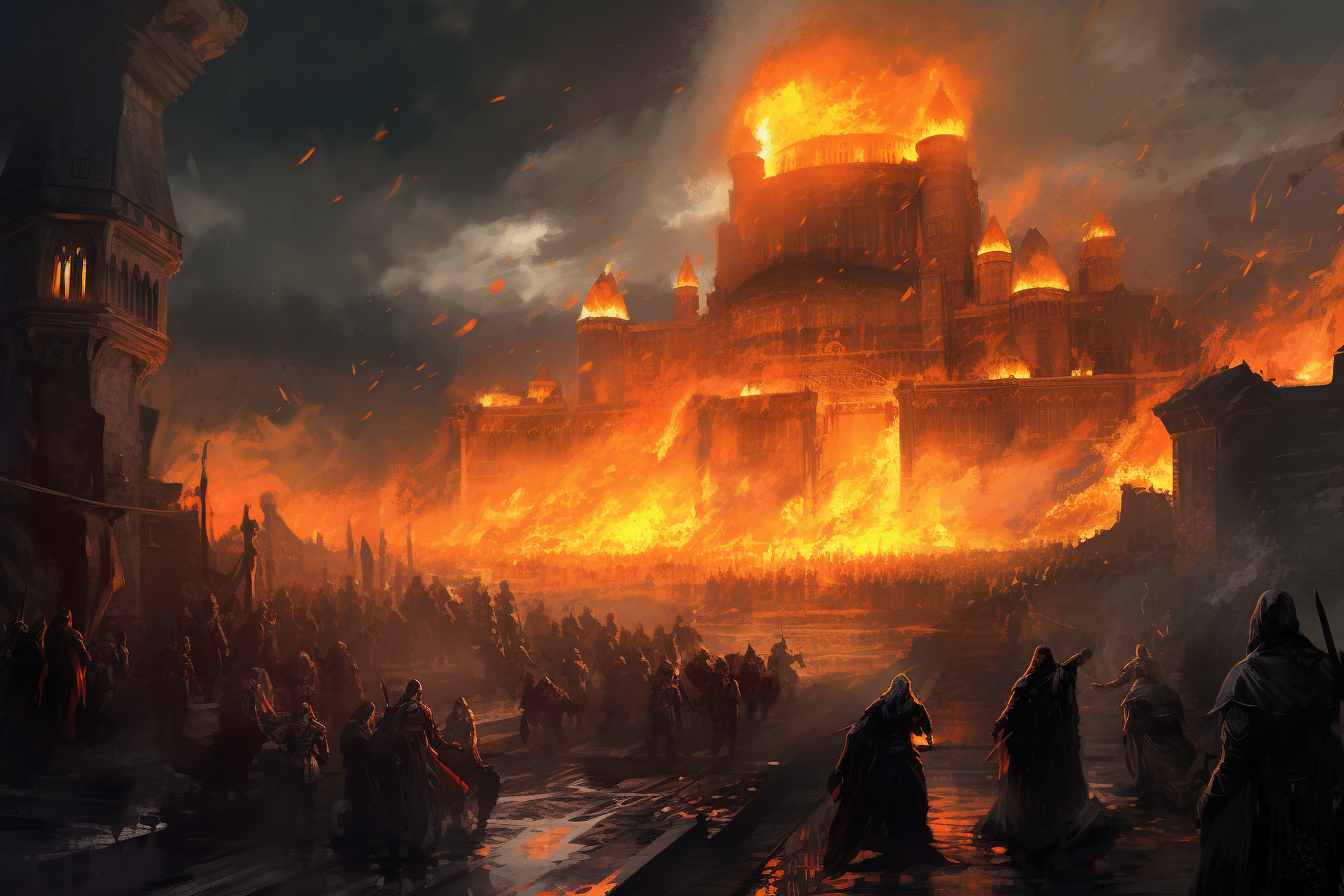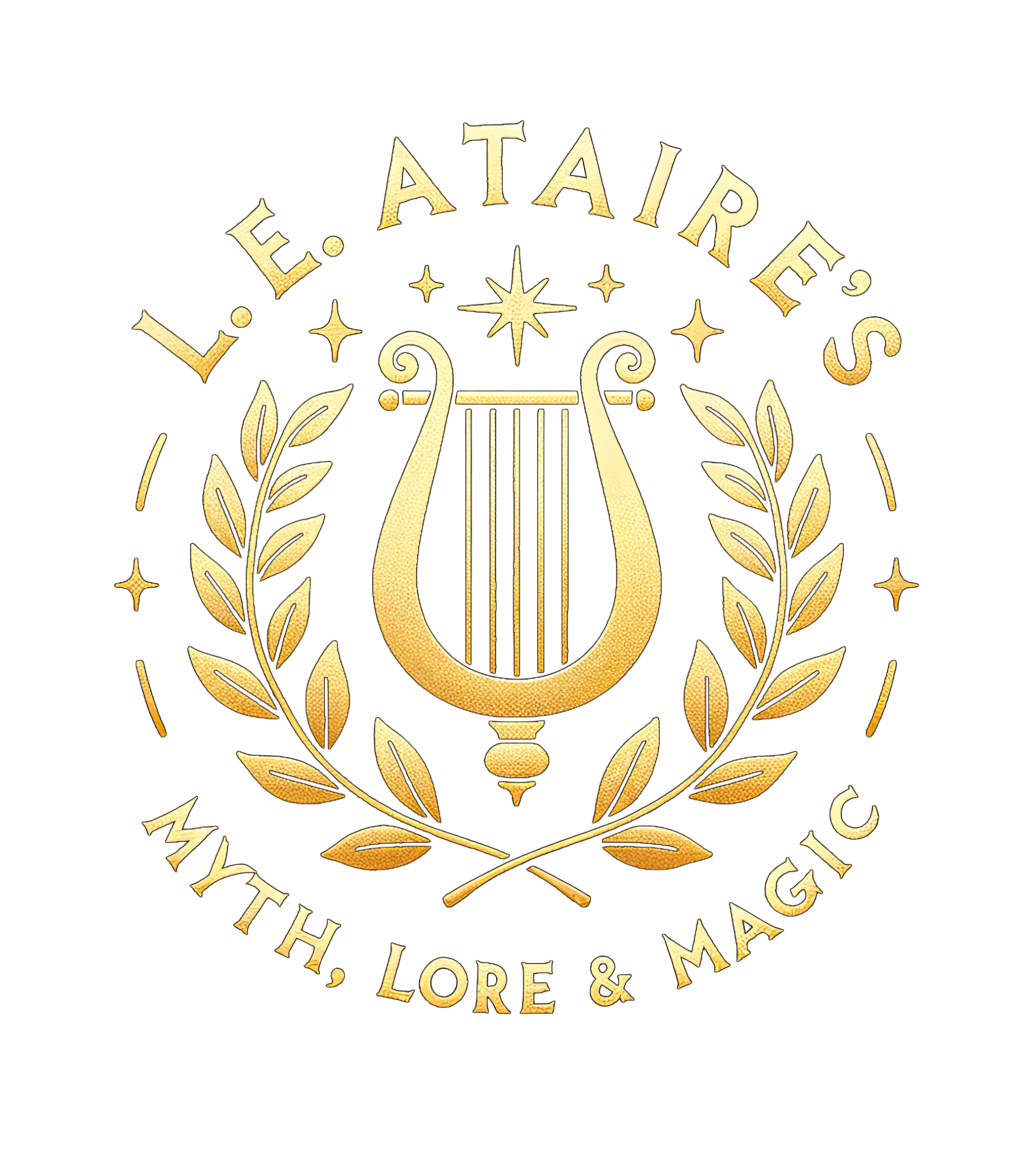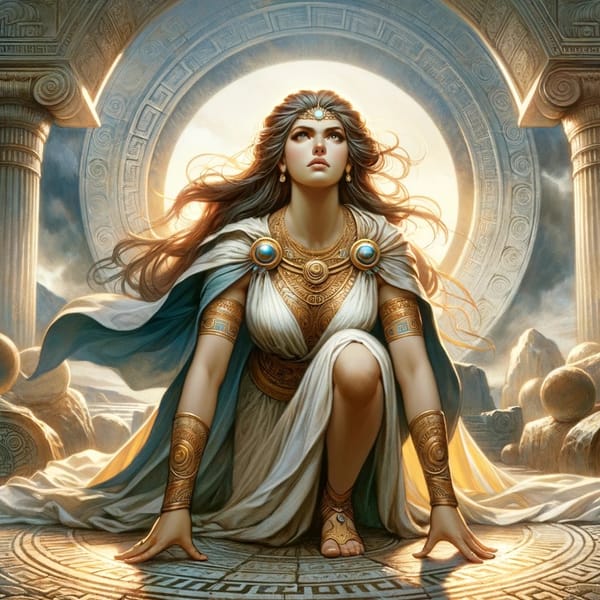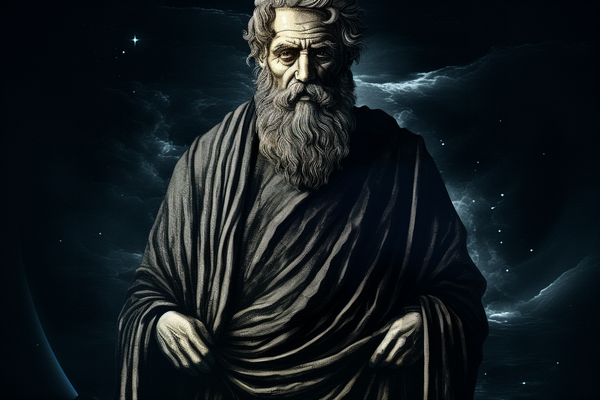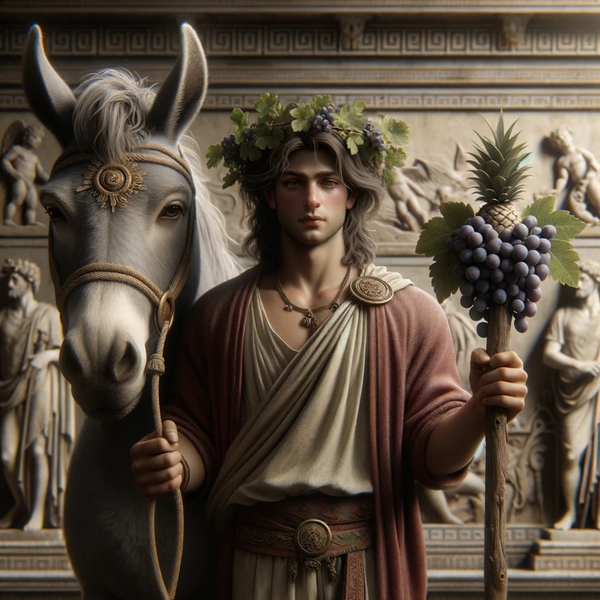Every Roman Emperor from 27 BC to 1453 AD
Travel through time, from the marble halls of Augustus to the last sigh of Constantine XI. Meet each Roman Emperor, West to East, navigating the corridors of power, audacity, and intrigue. Discover the milestones that shaped an era. Ready for the journey of 15 centuries?
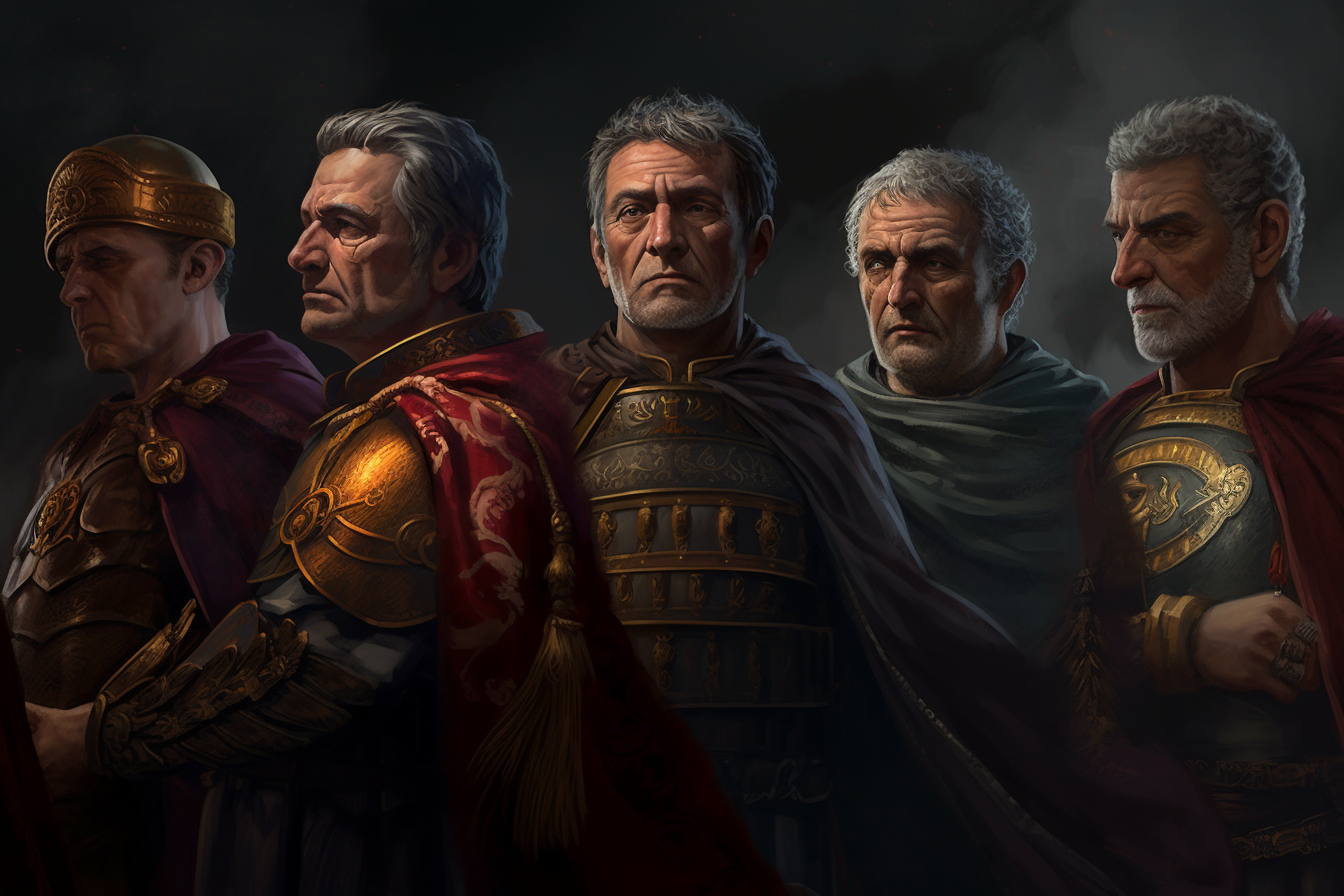
Julio-Claudian Dynasty (27 BC - 68 AD)
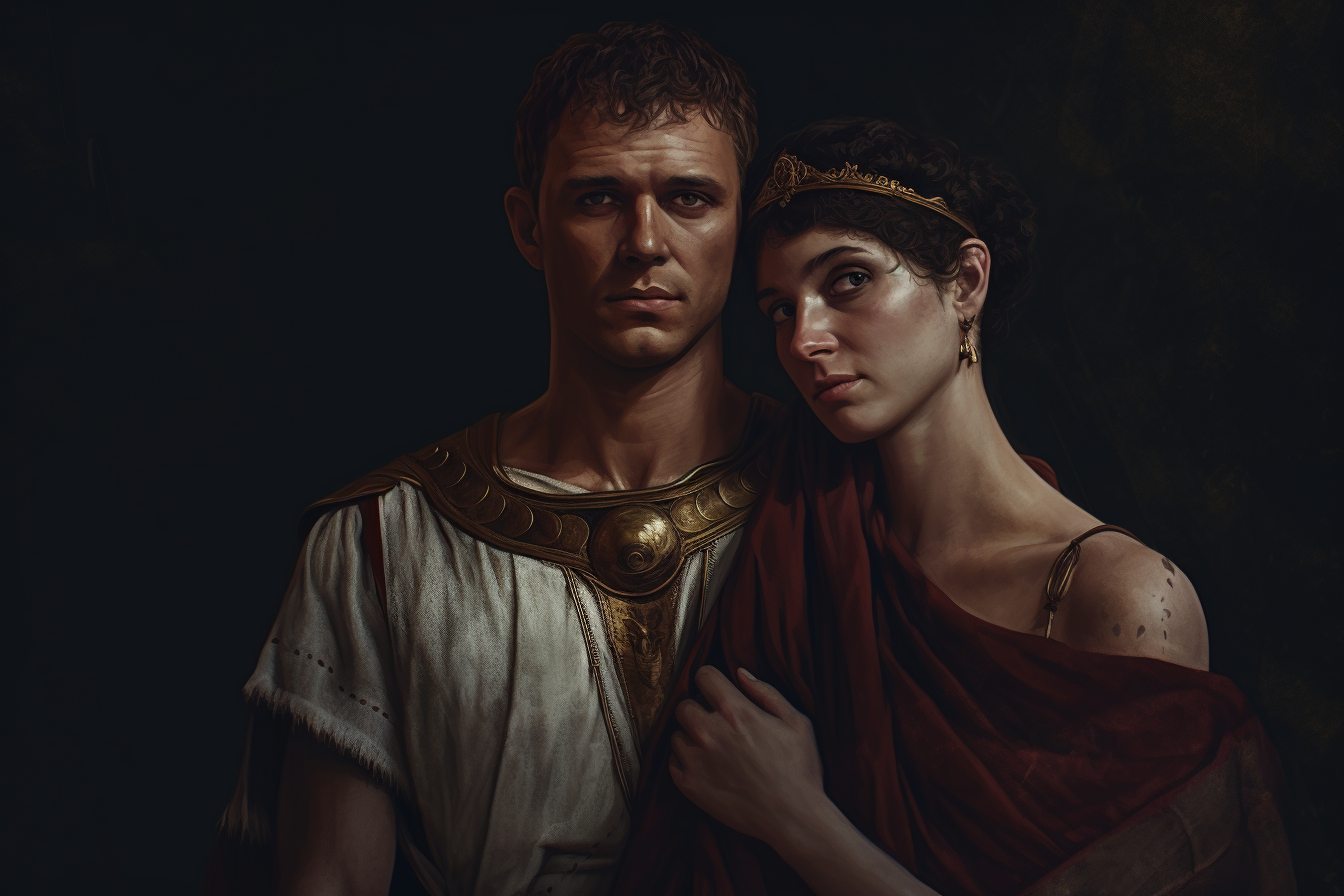
- Augustus (27 BC - 14 AD): Born Gaius Octavius, he was the first Roman Emperor, nephew, and adopted son of Julius Caesar. He ended the civil war following Caesar's assassination and brought stability, ushering in the Pax Romana.
- Tiberius (14 - 37 AD): Stepson of Augustus, his reign was marked by political in-fighting, and he spent the last years of his reign absent from Rome.
- Caligula (37 - 41 AD): Known for his extravagant and tyrannical behavior. He was assassinated by his own guards after a brutal and erratic rule.
- Claudius (41 - 54 AD): Came to power after Caligula's assassination. He was initially not taken seriously due to his physical disabilities but proved to be an efficient administrator.
- Nero (54 - 68 AD): Famous for his tyrannical rule and is often associated with the Great Fire of Rome. He was forced to commit suicide, ending the Julio-Claudian dynasty.
Year of the Four Emperors (69 AD)
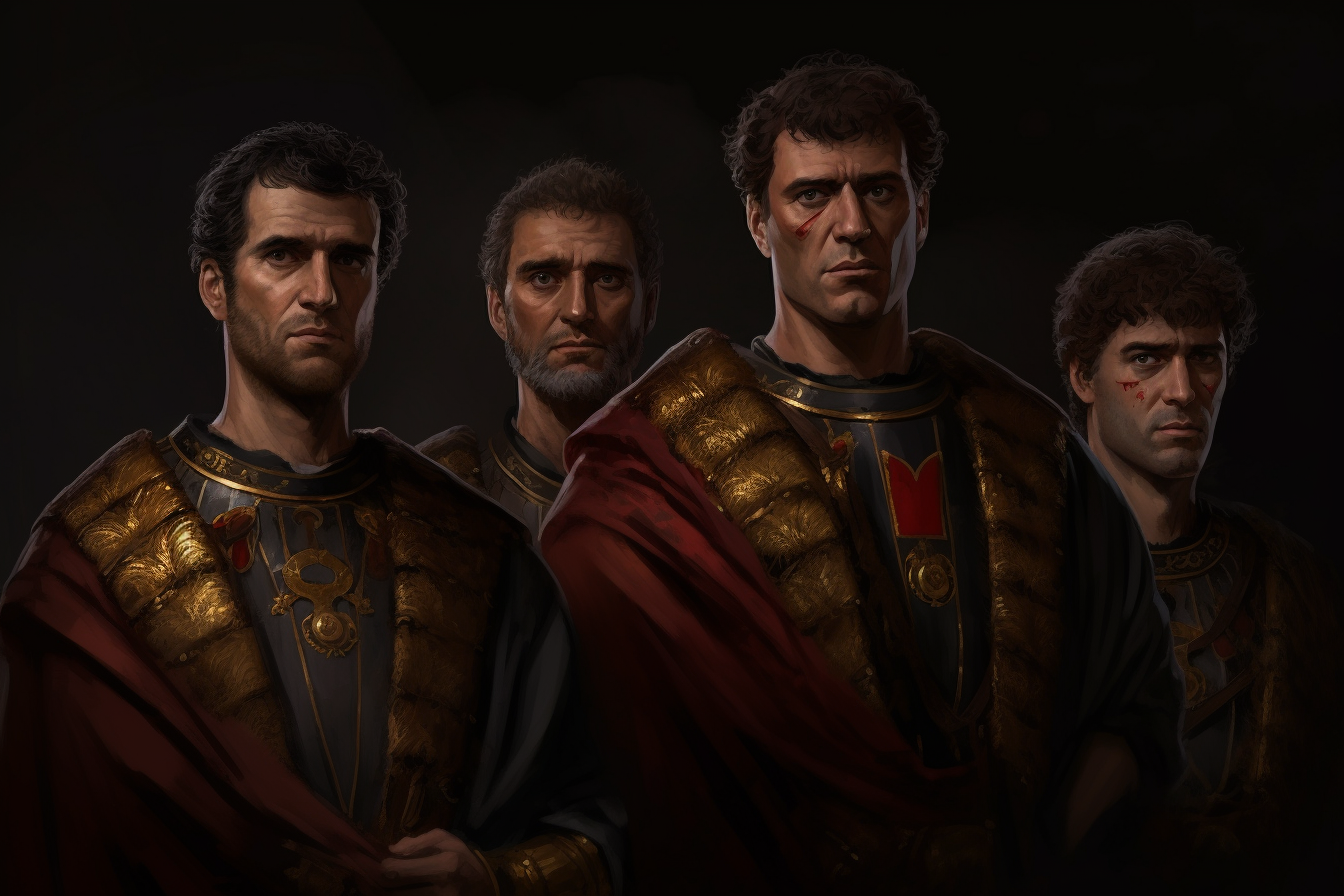
- Galba (68 AD - 69 AD) - Chosen by the Senate to succeed Nero, overthrown within seven months. His brief reign was marked by financial reforms and an unsuccessful attempt to stabilize the Empire.
- Otho (69 AD) - Galba's adopted heir who seized power and then committed suicide upon defeat by Vitellius. Ruled for a short period and is primarily remembered for his involvement in the Year of the Four Emperors.
- Vitellius (69 AD) - Known for luxury and cruelty, was overthrown by Vespasian's forces. Another short-lived emperor who faced challenges from rival factions during the Year of the Four Emperors.
- Vespasian (69 AD - 79 AD) - Restored stability after the chaos of Nero's reign and the Year of the Four Emperors. Established the Flavian dynasty, known for his military achievements and the construction of the Colosseum“. He died from a complication of diarreah, his final words were recorded as. "Vae, puto deus fio.” “Dear me, I think I’m becoming a god”, a reference to the custom to deify emperors after their deaths.
Flavian Dynasty (69 - 96 AD):
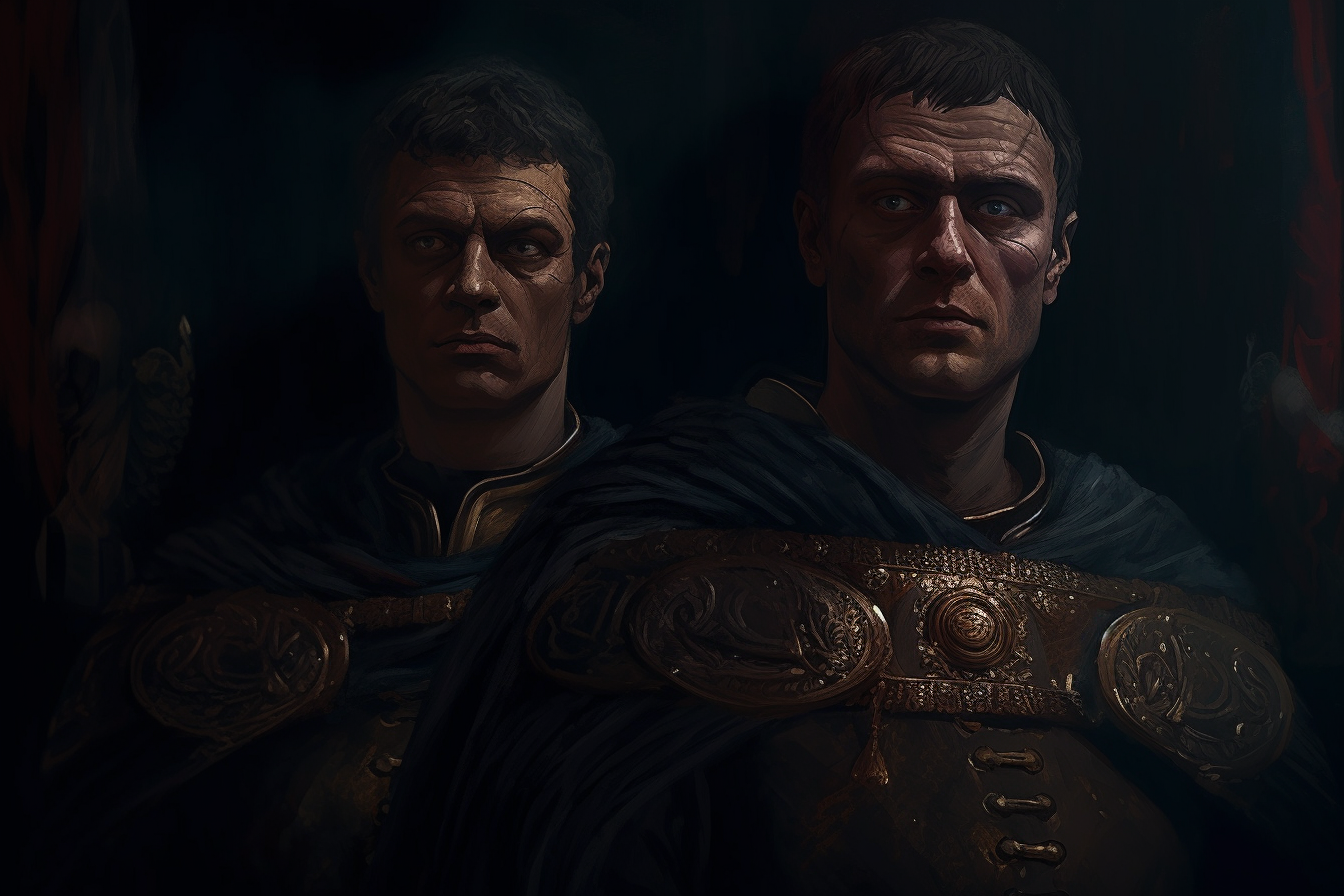
- Titus (79 AD - 81 AD) - Vespasian's eldest son. First natural son to succeed his father as emperor. Completed the Colosseum. Known for his successful military campaigns and his efforts to assist the victims of the eruption of Mount Vesuvius. He died of fever.
- Domitian (81 AD - 96 AD) - Brother of Titus, known for his autocratic style of rule. Expanded the imperial bureaucracy, increased the army's size, and faced several military conflicts. Expanded the empire and strengthened the economy. He was assasinated in a palace conspiracy.
Nerva–Antonine dynasty (96 - 192 AD)
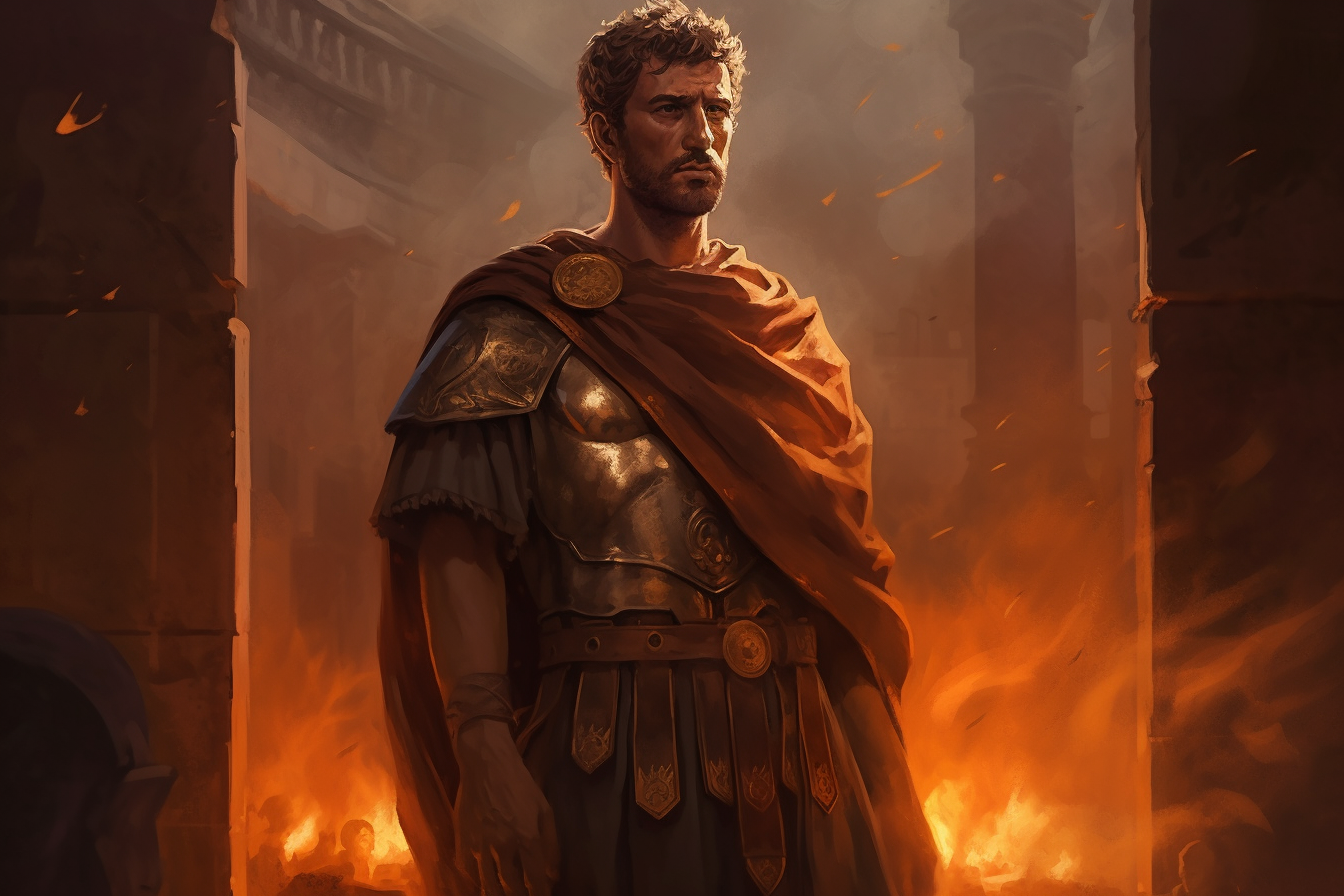
- Nerva (96 AD - 98 AD): Chosen by the Senate to succeed Domitian, he was a popular ruler known for his moderate and sensible policies. He brought stability and started the tradition of adopting heirs.
- Trajan (98 AD - 117 AD): Adopted by Nerva, he presided over the greatest military expansion in Roman history, including the annexation of Dacia and the conquest of Parthia.
- Hadrian (117 AD - 138 AD): Consolidated the empire. Known for his extensive travels, the construction of Hadrian's Wall in Britain, and the architectural marvels of the Pantheon and Villa Adriana.
- Antoninus Pius (138 AD - 161 AD): Hadrian's chosen successor, his reign was marked by peace and prosperity. Remembered for his peaceful reign, consolidation of the empire, and promotion of the arts and sciences.
- Lucius Aurelius Verus (161 AD - 169 AD) - Adopted son of Antoninus Pius, joint emperor with his adoptive brother, Marcus Aurelius. Died of food poisoning.
- Marcus Aurelius (161 AD - 180 AD): A Stoic philosopher known as the philosopher-king, he ruled during the challenging period of the Antonine Plague and faced numerous military conflicts, but he is also known for his writings, collectively called the "Meditations".
- Commodus (180 AD - 192 AD): Son of Marcus Aurelius, he is often considered the beginning of the fall of the Roman Empire. Infamous for his tyrannical rule, megalomania, and participation in gladiatorial exhibitions. He was strangled to death in a conspiracy involving his praetorian prefect, Laetus, and mistress, Marcia.
The Year of the Five Emperors (193 AD):
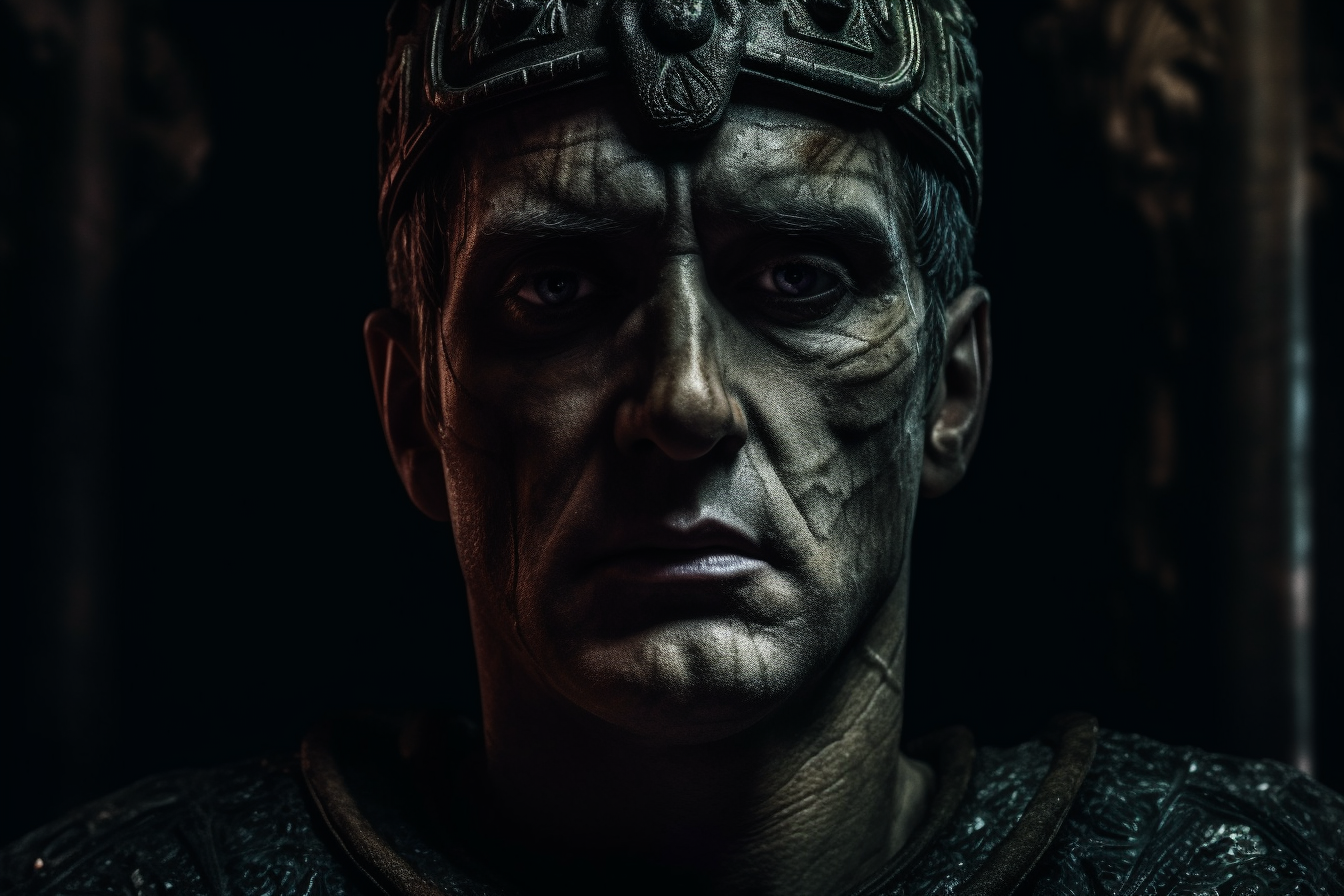
- Pertinax (193 AD) - Brief reign marked by economic instability. Known for his attempts at reforming the Praetorian Guard before being assassinated by the Praetorian Guard.
- Didius Julianus (193 AD) - Bought the throne in an auction held by the Praetorian Guard, soon overthrown.
- Pescennius Niger (193 AD - 194 AD) - Declared himself emperor, gaining support in the eastern provinces. He was defeated by Severus. in the Battle of Issus in 194 AD and killed.
- Clodius Albinus (193 AD- 197 AD) - Initially supported by Severus, later defeated by him when he claimed the title of Emperor. Had support in the western provinces, particularly in Gaul and Britain. He was defeated in the Battle of Lugdunum (Lyons) in 197 AD and died.
- Septimius Severus (193 AD - 211 AD) - Founded the Severan dynasty, known for his military campaigns, legal reforms, and centralization of power.
Severan Dynasty (198 AD -325 AD)
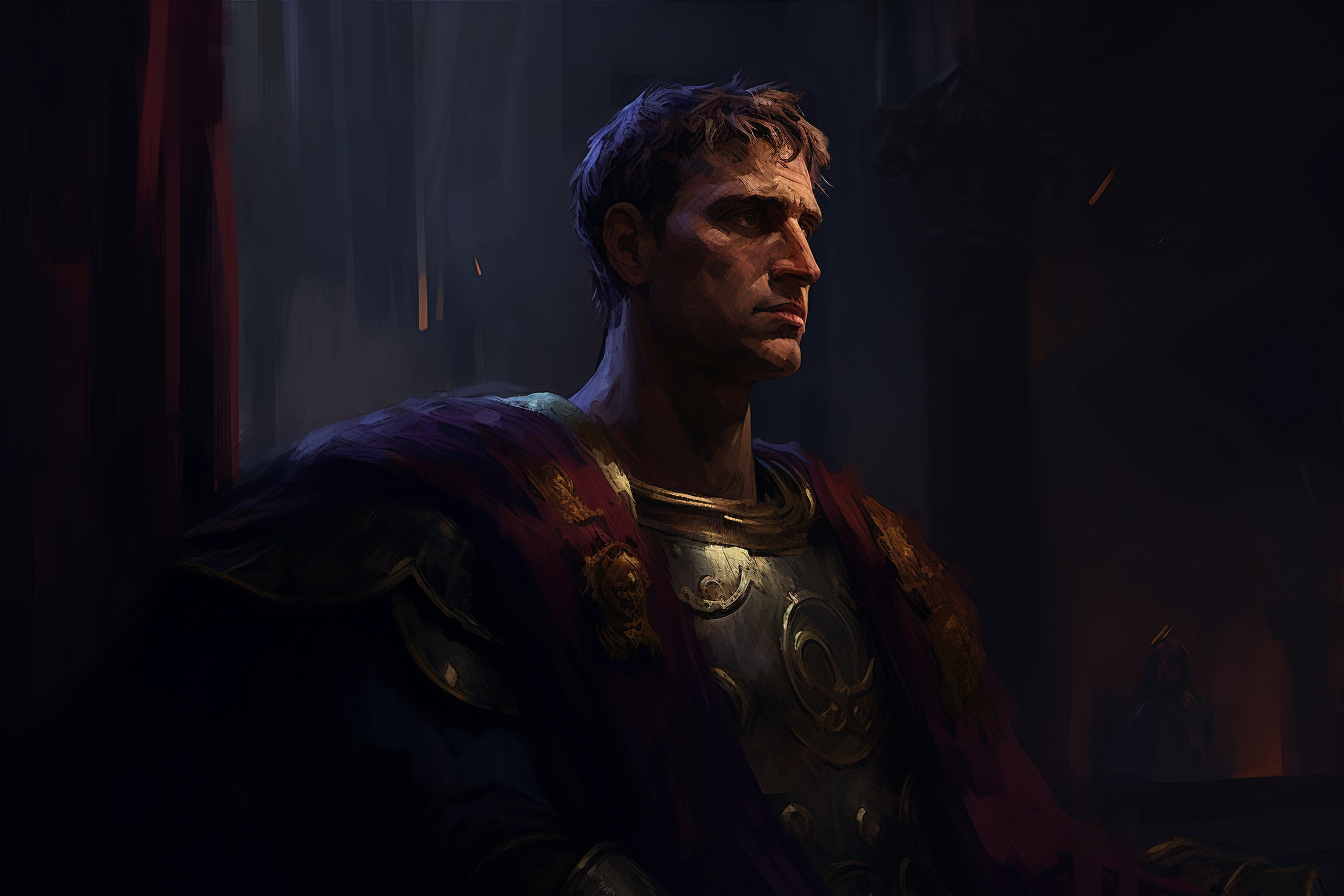
- Caracalla (198 AD - 217 AD) - Known for the Constitutio Antoniniana, granting citizenship to all free men in the Empire and his military campaigns.
- Macrinus (217 AD- 218 AD) - He was not related to the Severan dynasty and his rule marked a brief interruption. The first emperor who did not come from the senatorial or equestrian class, he faced internal revolts and was eventually overthrown by Elagabalus.
- Elagabalus (218 AD - 222 AD) - Known for his eccentricity, controversial religious policies, sexual scandals, and extravagant lifestyle. He faced opposition from the Roman Senate and was assassinated.
- Severus Alexander (222 AD - 235 AD) - Ascended to the throne at a young age and ruled with the guidance of his mother, Julia Mamaea, focusing on diplomacy and peaceful policies. Last of the Severan dynasty, he tried to restore some semblance of order and propriety to the Empire, but was assassinated.
Crisis of the Third Century:
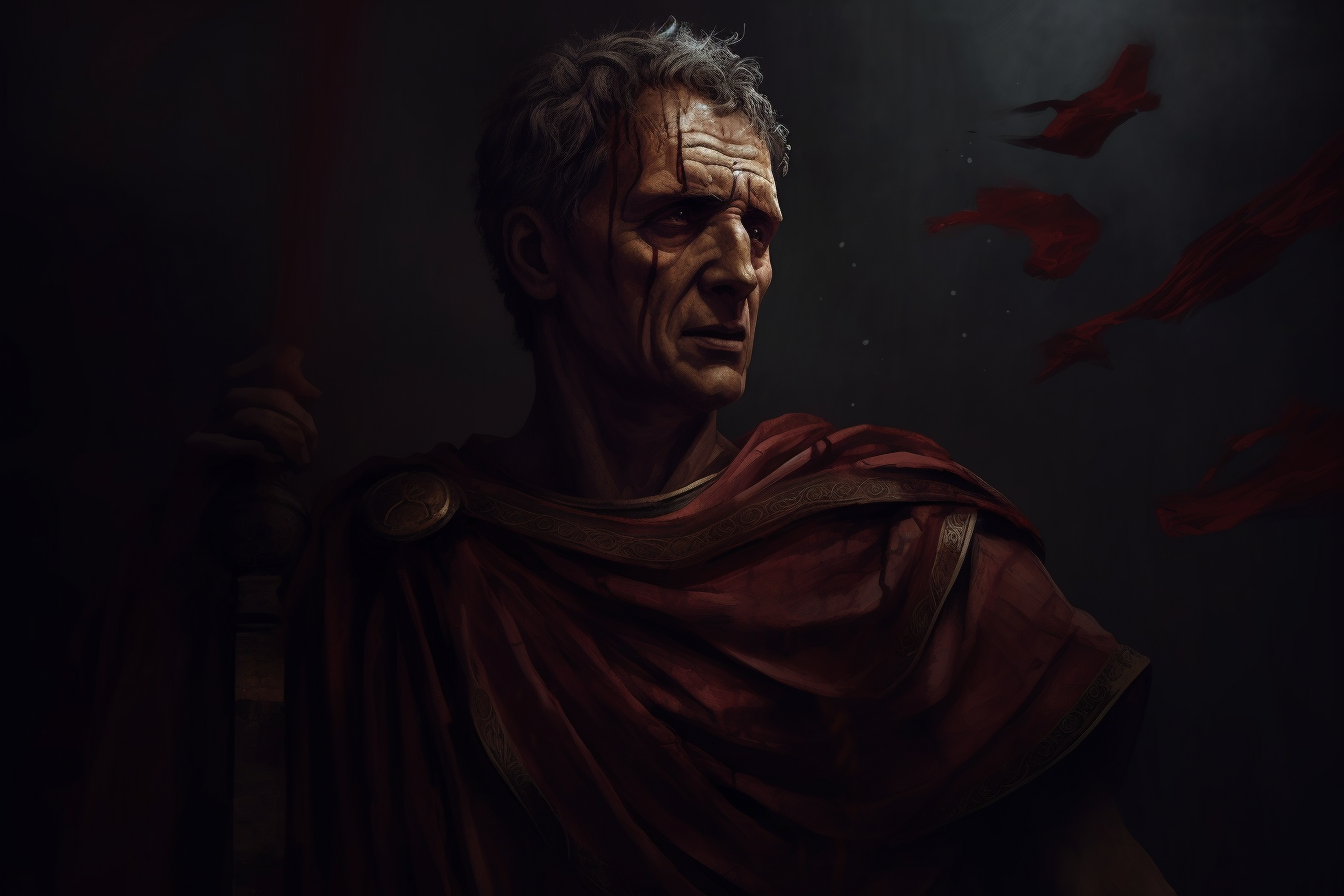
- Maximinus Thrax (235 AD - 238 AD) - First of the so-called "barracks emperors". A Thracian soldier, he became emperor after the assassination of Severus Alexander. His reign was marked by conflicts with the Senate and military instability. He ruled through his military power.
- Gordian I and Gordian II (238 AD) - Father and son. Ruled jointly, overthrown within a month. They were proclaimed emperors during a revolt against Maximinus Thrax but died in battle against his forces.
- Pupienus and Balbinus (238 AD) - Both appointed as co-emperors by the Senate after the death of Gordian I and Gordian II, they faced opposition and were murdered by the Praetorian Guard.
- Gordian III (238 AD - 244 AD) - Became Emperor at 13 years old. Youngest person to assume the throne, his rule was influenced by his advisors. He faced the Sassanid Empire in the east and died in uncertain circumstances during the campaign, possibly murdered.
- Philip the Arab (244 AD - 249 AD) - The first Roman emperor of Arab descent, he ruled during Rome's thousandth anniversary. Stabilized the frontiers but faced economic challenges and was betrayed and killed at the Battle of Verona
- Decius (249 AD - 251 AD) - Known for his persecution of Christians and his efforts to restore traditional Roman values. He was killed by the Goths making him the first Roman Emperor to die in battle against a foreign enemy.
- Trebonianus Gallus (251 AD - 253 AD) - Reign marked by foreign invasions, plague, and an unstable economy. He faced multiple military setbacks and revolts during his reign and was eventually assassinated.
- Aemilianus (253 AD) - Ruled for a brief period and was assassinated by his own troops.
- Valerian (253 AD- 260 AD) - Known for persecuting Christians and becoming the first Roman Emperor to become a prisoner of war when he was taken prisoner by the Sassanid Empire after failed peace talks.
- Gallienus (253 AD - 268 AD) - Ruled during a period of military crisis and faced multiple secessions and invasions, but managed to stabilize the empire to some extent.
- Claudius Gothicus (268 AD - 270 AD) - Notable for his victories against the Goths and the reconquest of several territories. Died of plague.
- Quintillus: Brief reign, overthrown by Aurelian.
- Aurelian (270 AD - 275 AD) - Known as the "Restorer of the World," he reunited the breakaway Gallic and Palmyrene Empires with Rome, reformed the Roman coinage system, implemented administrative reforms, and built the Aurelian Walls around Rome. Murdererd by a group of officers.
- Tacitus (275 AD - 276 AD) - Elderly senator who was elected by the Senate following the murder of Aurelian. Ruled for a short period and focused on restoring stability and reforming the government, but died of natural causes.
- Florian (276 AD) - Ruled for 88 days as emperor after the death of Tacitus but was overthrown and killed by his own troops.
- Probus (276 AD - 282 AD) - Successful in suppressing rebellions and defending the borders, he undertook extensive military campaigns and promoted agricultural reforms.
- Carus (282 AD- 283 AD) - Known for his military campaigns against the Sassanids, he died under mysterious circumstances during an invasion of Persia.
- Numerian (283 AD - 284 AD) - Succeeded his father, Carus, co-emperor with his brother Carinus, possibly murdered by his own men during a military campaign.
- Carinus (283 AD - 285 AD) - Co-emperor with his brother Numerian and later ruled as the sole emperor. Fought successfully against Germanic tribes. Known for his extravagance and military campaigns, he was assassinated by his own officers.
Tetrarchy and Constantine Dynasty:
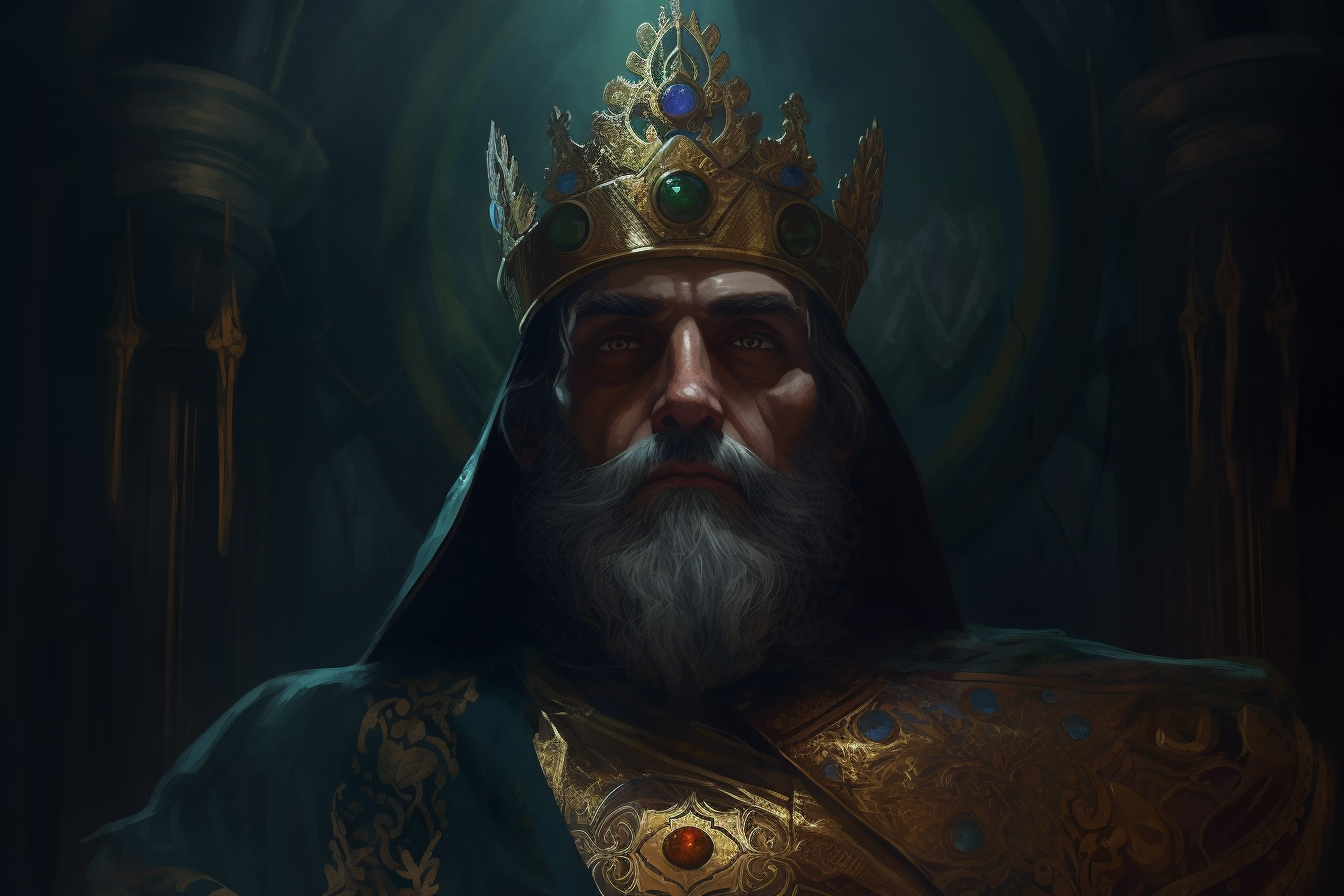
- Diocletian (284 AD - 305 AD) - Implemented significant reforms, including the division of the empire into the Western and Eastern halves and the establishment of the Tetrarchy system (rule of four).
- Maximian (286 AD - 305 AD) - Co-emperor with Diocletian, tasked with ruling the Western Roman Empire. Known for his military campaigns and the persecution of Christians.
- Constantius Chlorus (305 AD - 306 AD) - Served as Caesar under Maximian and then became Augustus in the Western Roman Empire. Father of Constantine the Great, noted for his campaigns in Britain.
- Galerius (305 AD - 311 AD) - Served as Caesar under Diocletian and became Augustus in the Eastern Roman Empire. Known for his persecution of Christians and the Edict of Serdica.
- Severus II (306 AD - 307 AD) - A puppet of Galerius. Ruled briefly as Augustus in the Western Roman Empire before being overthrown by Maxentius.
- Maximinus Daia (305 AD - 313 AD): Known for his conflicts with Licinius and Constantine. Last person to hold the title of pharaoh.
- Maxentius (306 AD - 312 AD) - Declared himself emperor in Rome, challenging Constantine the Great, but was defeated in the Battle of Milvian Bridge and died.
- Constantine the Great (306 AD - 337 AD) - He ended the Tetrarchy and established Constantinople as a second capital. He is also known for his conversion to Christianity and the Edict of Milan, which made Christianity a legally recognized religion within the Empire.
- Licinius (308 AD - 324 AD) - Initially co-emperor with Constantine, they fought a series of civil wars, with Licinius eventually being defeated and executed.
- Constantine II (337 AD - 340 AD) - Ruled as co-emperor in the Western Roman Empire alongside his brothers Constantius II and Constans. He was ambushed and died in battle against his brother Constans.
- Constans (337 AD - 350 AD) - Ruled as co-emperor in the Western Roman Empire after the death of his brother Constantine II. Known for his military campaigns and religious policies.
- Constantius II (337 AD - 361 AD) - The longest-reigning son of Constantine I, his reign was marked by constant warfare. He ruled as the sole emperor in the Eastern Roman Empire. Faced multiple conflicts, including with the Sassanid Empire and various religious controversies.
- Julian the Apostate (361 AD - 363 AD) - Attempted to revert the Empire back to its traditional religion and reduce Christian influence, but died in a campaign against the Sassanid Empire.
Valentinian Dynasty and Theodosian Dynasty
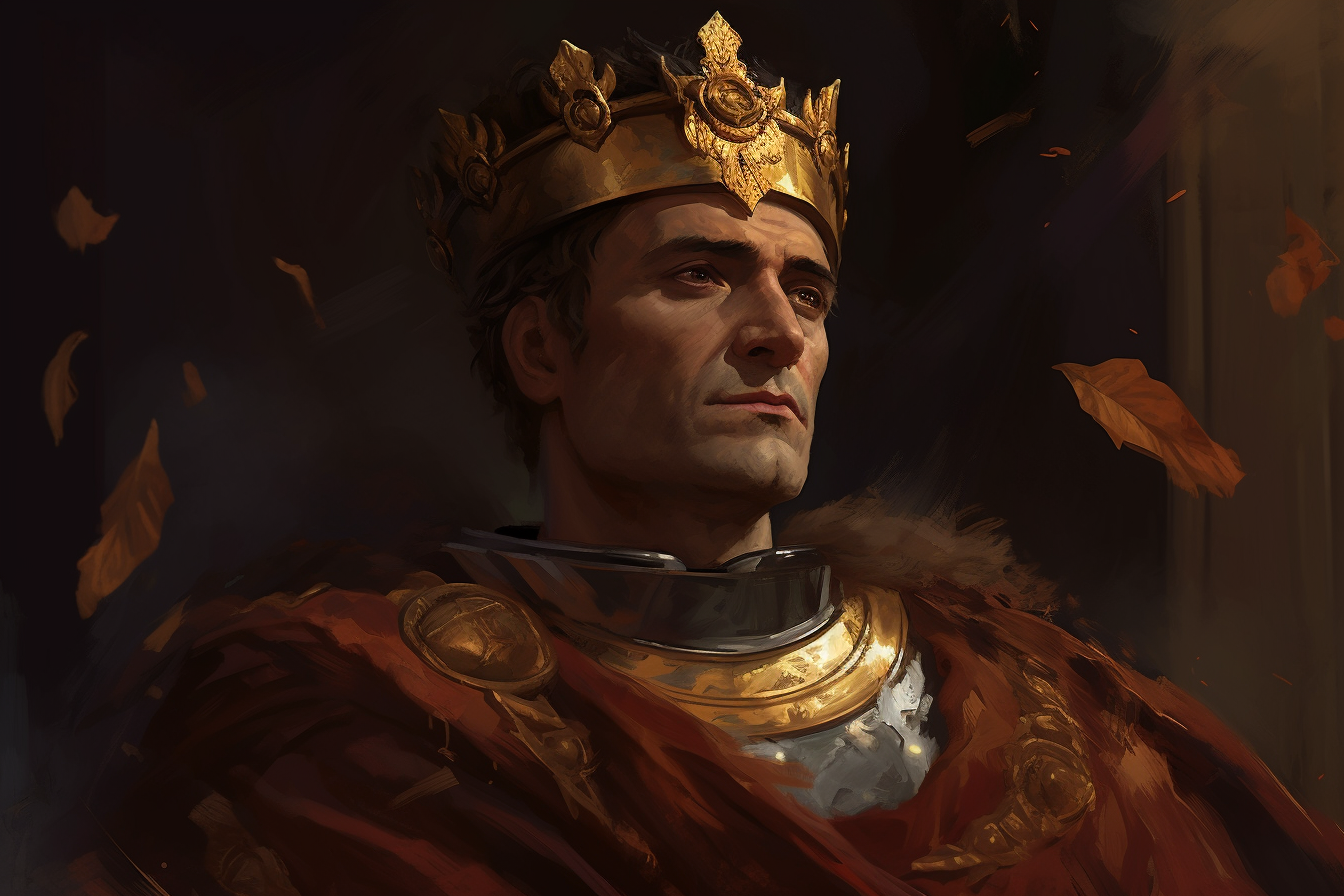
- Jovian (363 AD - 364 AD) - Became emperor after Julian's death but ruled for a short period before dying under suspicious circumstances. Restored Christianity as the state religion.
- Valentinian I (364 AD - 375 AD) - Established the Valentinian dynasty and ruled the Western Roman Empire. Known for his military campaigns and the appointment of his brother Valens as co-emperor in the Eastern Roman Empire.
- Valens (364 AD - 378 AD) - Co-emperor with Valentinian I in the Eastern Roman Empire. Faced significant challenges, including the Gothic War, and died in the Battle of Adrianople.
- Gratian (367 AD - 383 AD) - Succeeded Valentinian I as emperor in the Western Roman Empire. Known for his victory over the Alemanni and his orthodox Christian views, his religious policies and the appointment of Theodosius as co-emperor.
- Valentinian II (375 AD - 392 AD) - Son of Valentinian I and Younger brother of Gratian, he became emperor in the Western Roman Empire at a young age. His reign was marked by strife with Arbogast, his magister militum, political instability and conflicts with usurpers.
- Theodosius I (379 AD - 395 AD) - The last emperor to rule both East and West. Made Nicene Christianity the state church of the Roman Empire. Ruled as co-emperor in the Eastern Roman Empire and later became the sole emperor. Known for his victory over the Goths at the Battle of Adrianople and his efforts to promote Nicene Christianity.
Western and Eastern Roman Emperors
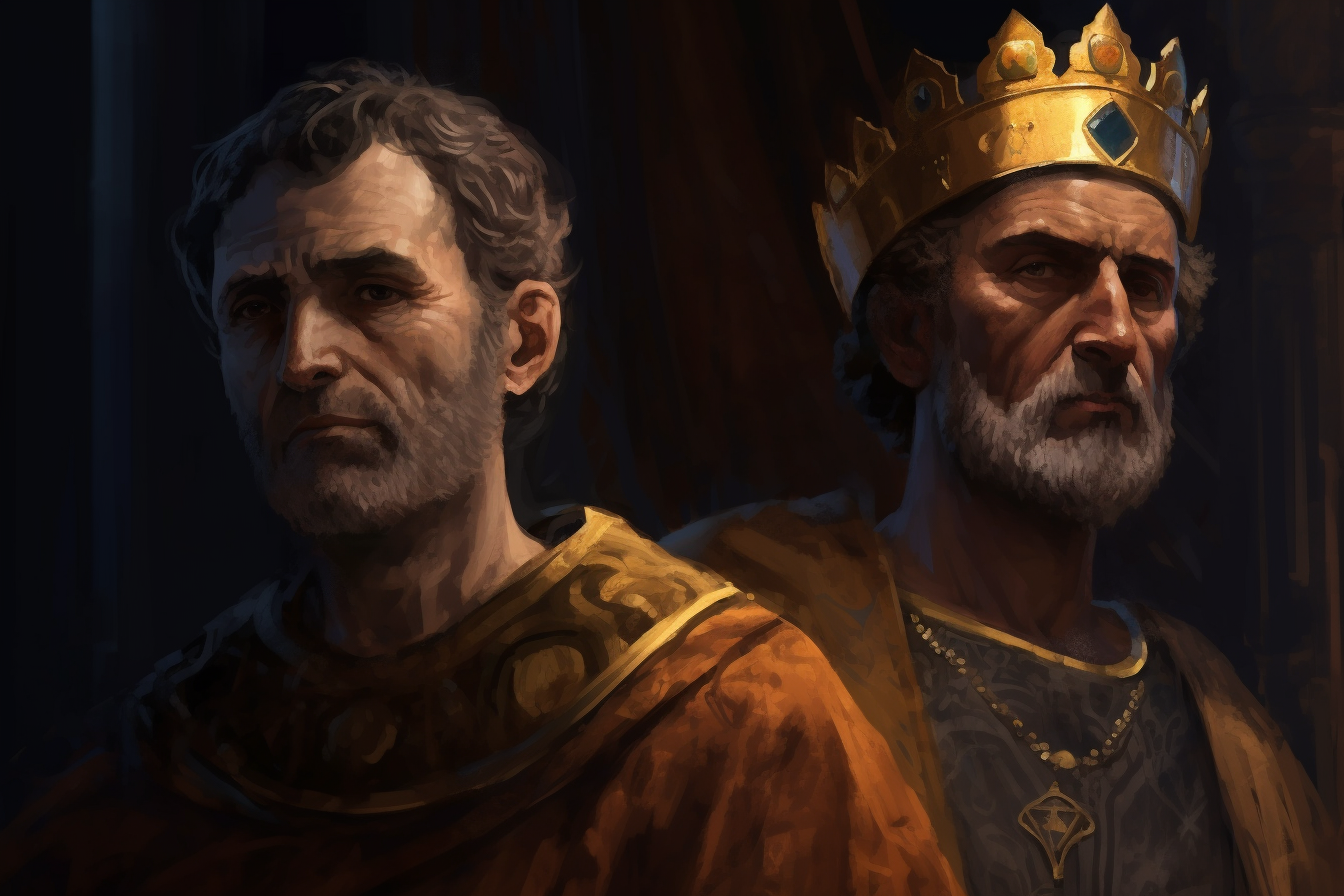
Western Roman Emperors (395 AD - 476 AD)
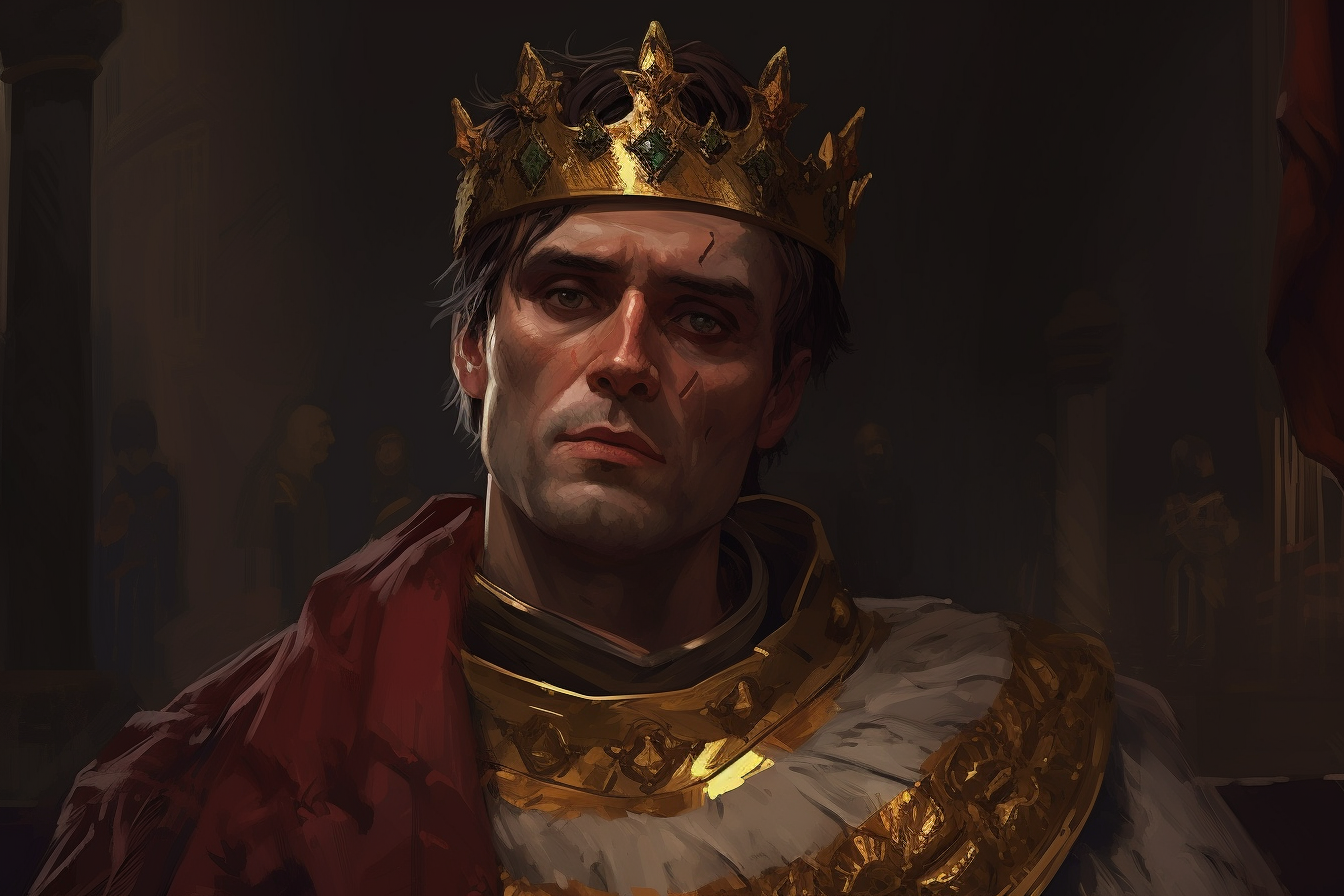
- Honorius (395 AD - 423 AD) - Son of Theodosius I, he became emperor in the Western Roman Empire. His reign saw the decline of the Western Roman Empire, with the sack of Rome by the Visigoths in 410 AD being a significant event.
- Valentinian III (425 AD - 455 AD) -Long reign marked by instability and decline of the Western Empire He became emperor in the Western Roman Empire at a young age. His reign was characterized by the influence of powerful generals, such as Aetius, and the increasing pressure from barbarian invasions.
- Petronius Maximus (455 AD) - Usurped the throne in the Western Roman Empire but was killed by an angry mob as the Vandals approached Rome, during the sack of Rome.
- Avitus (455 AD - 456 AD) - Became emperor in the Western Roman Empire but faced opposition. His legitimacy was challenged, leading to his fall. He was overthrown by Ricimer, a powerful general.
- Majorian (457 AD - 461 AD) - Ruled briefly as emperor in the Western Roman Empire and implemented reforms to restore stability and the Roman military, but his attempts to reestablish Roman authority in the West were thwarted by his own magister militum, Ricimer. He was deposed and executed.
- Libius Severus (461 AD - 465 AD) - Installed as a puppet emperor by Ricimer, he had a relatively uneventful reign and died of natural causes.
- Anthemius (467 AD - 472 AD) - Appointed as emperor by the Eastern Roman Emperor Leo I, he attempted to retake North Africa from the Vandals but failed. He faced challenges from rival factions and was eventually overthrown and executed.
- Olybrius (472 AD) - Appointed as emperor by the Eastern Roman Emperor Leo I, he died shortly after his appointment, and his rule had little impact, mostly noted for the political power struggle that led to his becoming emperor.
- Glycerius (473 AD - 474 AD) - Installed as emperor by the general Gundobad but had little power, he ruled for a short period before being deposed by Julius Nepos.
- Julius Nepos (474 AD - 475 AD) - Ruled briefly as emperor in the Western Roman Empire before being deposed and fleeing to Dalmatia. He was considered legitimate emperor by the Eastern Empire.
- Romulus Augustulus (31 October 475 AD - 4 September 476 AD) - Last Roman emperor in the Western Roman Empire. A child when he ascended, he ruled nominally until the Gothic chieftain Odoacer deposed him. His deposition by Odoacer is considered the end of the Western Roman Empire.
Eastern Roman Emperors (395 AD - 1204 AD)
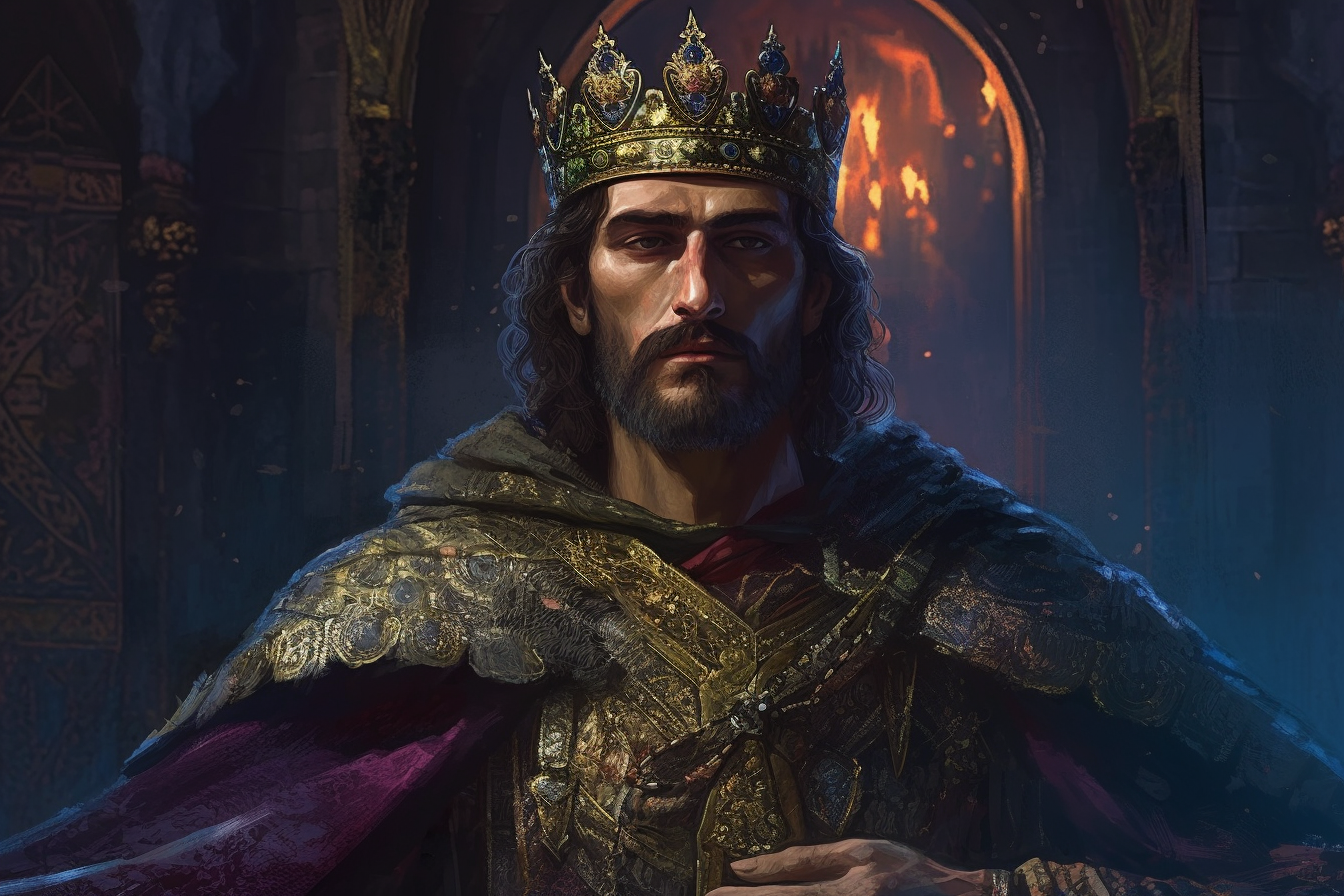
- Arcadius (395 AD - 408 AD) - Son of Theodosius I, he became emperor in the Eastern Roman Empire. His reign was dominated by ministers and his wife Eudoxia and demonstrated the increasing power of the Eastern Roman bureaucracy.
- Theodosius II (408 AD - 450 AD) - Ruled as emperor in the Eastern Roman Empire. Known for his codification of Roman law in the Theodosian Code and the construction of the Theodosian Walls in Constantinople.
- Marcian (450 - 457 AD): Ended the Council of Chalcedon, declined to pay tribute to Attila the Hun.
- Leo I (457 - 474 AD): The first emperor to receive a divine crown from the Patriarch of Constantinople.
- Leo II (474 AD): Ruled for less than a year as a child and co-emperor with his father Zeno.
- Zeno (474 - 475 AD, 476 - 491 AD): His reign saw the end of the Western Roman Empire.
- Basiliscus (475 - 476 AD): Short reign noted for religious controversy and the loss of important territories.
- Anastasius I (491 - 518 AD): Instituted major financial reforms and maintained peace through diplomatic means.
- Justin I (518 - 527 AD): A peasant who rose through the ranks of the army, he was the predecessor and uncle of Justinian I.
- Justinian I (527 - 565 AD): Famous for his architectural projects like Hagia Sophia and his codification of Roman laws, known as Corpus Juris Civilis. His reign is often considered the height of the Byzantine Empire.
- Justin II (565 - 578 AD): Faced severe invasions, had to pay tribute to the Persian Sassanid Empire.
- Tiberius II Constantine (578 - 582 AD): His reign was marked by successful wars against the Persians and Avars but faced difficulties with internal factions.
- Maurice (582 - 602 AD): Defeated Persians and Avars but was overthrown in a military revolt led by Phocas.
- Phocas (602 - 610 AD): His reign was marked by brutality and repression leading to the Heraclian revolt.
- Heraclius (610 - 641 AD): He managed to repel the Persians but faced the early Muslim conquests.
- Constantine III (February - May 641 AD): Heraclius' son. His reign was short due to illness.
- Heraklonas (May - September 641 AD): Brief and controversial reign, was overthrown.
- Constans II (641 - 668 AD): Faced numerous challenges including the Arab conquests and internal revolts.
- Constantine IV (668 - 685 AD): Repelled the Arab sieges of Constantinople, held the Sixth Ecumenical Council.
- Justinian II (685 - 695 AD, 705 - 711 AD): Known for his strong central authority and brutality. He was overthrown twice.
- Leontios (695 - 698 AD): Overthrew Justinian II, lost Carthage to the Arabs.
- Tiberios III (698 - 705 AD): Usurped the throne from Leontios but was overthrown by Justinian II.
- Philippikos Bardanes (711 - 713 AD): Overthrew Justinian II, his reign was marked by religious controversy.
- Anastasios II (713 - 715 AD): Attempted to strengthen the empire against the Arabs but was overthrown.
- Theodosios III (715 - 717 AD): A tax collector raised to the throne during a rebellion, he resigned the throne peacefully.
- Leo III the Isaurian (717 - 741 AD): Repelled the second Arab siege of Constantinople, initiated the controversial Iconoclasm policy.
- Constantine V (741 - 775 AD): Continued his father's policy of Iconoclasm, his reign was marked by internal stability and successful campaigns against the Arabs and Bulgars.
- Leo IV the Khazar (775 - 780 AD): His short reign was mostly uneventful, continued his father's policy of Iconoclasm.
- Constantine VI (780 - 797 AD): Initially under the regency of his mother Irene, he was later overthrown by her.
- Irene of Athens (797 - 802 AD): The only woman to rule the Byzantine Empire in her own right, she controversially ended the first period of Iconoclasm, and restored the veneration of icons.
- Nikephoros I (802 - 811 AD): Overthrew Irene, killed in the Battle of Pliska.
- Staurakios (811 AD): Critically injured in the Battle of Pliska, he was forced to abdicate.
- Michael I Rangabe (811 - 813 AD): Overthrown after a disastrous defeat by the Bulgars at the Battle of Versinikia.
- Leo V the Armenian (813 - 820 AD): Restored stability and began the second period of Iconoclasm, assassinated in the Hagia Sophia.
- Michael II the Amorian (820 - 829 AD): Continued the policy of Iconoclasm.
- Theophilos (829 - 842 AD): The last Iconoclast emperor, his reign was marked by the war with the Arabs.
- Michael III (842 - 867 AD): Under his rule, the Iconoclasm controversy ended. He was assassinated by Basil the Macedonian who succeeded him.
- Basil I the Macedonian (867 - 886 AD): Founder of the Macedonian dynasty, his reign was considered a 'golden age' known as the Byzantine Renaissance.
- Leo VI the Wise (886 - 912 AD): Known for his wisdom and his legislative work, he wrote the Basilika.
- Alexander (912 - 913 AD): Short reign, mostly noted for his opposition to his brother Leo's policies.
- Constantine VII Porphyrogennetos (913 - 959 AD): Known as "the Purple-born", he was a scholar-emperor, wrote De Administrando Imperio and De Ceremoniis.
- Romanos I Lekapenos (920 - 944 AD): He took over as regent for the young Constantine VII and eventually had himself crowned co-emperor.
- Romanos II (959 - 963 AD): The son of Constantine VII, his brief reign was marked by successful wars against the Emirate of Crete and the Abbasid Caliphate.
- Nikephoros II Phokas (963 - 969 AD): A successful general during the reign of Constantine VII, his reign saw victories over the Arabs but ended with his assassination.
- John I Tzimiskes (969 - 976 AD): He assassinated Nikephoros II to take the throne, and had successful campaigns against the Arabs and the Kievan Rus'.
- Basil II (976 - 1025 AD): Known as "the Bulgar Slayer", his reign was marked by expansion and consolidation of the empire, and he is often considered one of Byzantium's greatest emperors.
- Constantine VIII (1025 - 1028 AD): He spent most of his life in the shadow of his brother Basil II, and his reign was mostly unremarkable.
- Zoe Porphyrogenita (1028 - 1050 AD): She was empress-consort to Romanos III, Michael IV, and Constantine IX, and co-empress with her sister Theodora. Her reign saw the decline of the Macedonian dynasty.
- Romanos III Argyros (1028 - 1034 AD): His reign was marked by unsuccessful wars and domestic intrigue, he was possibly murdered by his wife Zoe.
- Michael IV the Paphlagonian (1034 - 1041 AD): He became emperor through his marriage to Zoe, but his reign was troubled due to his epilepsy and a revolt led by his own brother.
- Michael V Kalaphates (1041 - 1042 AD): Nephew of Michael IV, his attempt to exile Zoe led to his downfall.
- Theodora Porphyrogenita (1042, 1055 - 1056 AD): She was brought out of her monastery to co-rule with Zoe, then ruled alone after Zoe's death.
- Constantine IX Monomachos (1042 - 1055 AD): He was chosen by Zoe to be her third husband, his reign was a time of scandal and military setbacks.
- Michael VI Bringas (1056 - 1057 AD): His disregard for the military aristocracy led to his being overthrown by Isaac I Komnenos.
- Isaac I Komnenos (1057 - 1059 AD): His reign was marked by attempts at reform, but he abdicated due to illness.
- Constantine X Doukas (1059 - 1067 AD): His neglect of the military led to the loss of Byzantium's southern Italian possessions and setbacks in the east.
- Eudokia Makrembolitissa (1067 and 1071 AD): She was regent for her sons by Constantine X, and later married Romanos IV Diogenes.
- Romanos IV Diogenes (1068 - 1071 AD): He was defeated and captured by the Seljuk Turks at the Battle of Manzikert, leading to disastrous loss of Anatolia.
- Michael VII Doukas (1071 - 1078 AD): His reign was marked by social and financial instability.
- Nikephoros III Botaneiates (1078 - 1081 AD): His reign was marked by economic difficulties and the advance of the Seljuks in Asia Minor.
- Alexios I Komnenos (1081 - 1118 AD): The founder of the Komnenian dynasty, he restored much of the empire's power and territory but his reign was marked by the beginning of the Crusades.
- John II Komnenos (1118 - 1143 AD): Known as "John the Beautiful" or "John the Good," he continued the restoration efforts of his father, Alexios I.
- Manuel I Komnenos (1143 - 1180 AD): His reign was marked by ambitious (but ultimately unsuccessful) military campaigns and a cultural flourishing known as the Komnenian Renaissance.
- Alexios II Komnenos (1180 - 1183 AD): A child emperor who came to the throne after the death of his father Manuel I, he was overthrown by Andronikos I.
- Andronikos I Komnenos (1183 - 1185 AD): A brutal and tyrannical ruler, his reign was marked by the massacre of the Latins in Constantinople and other acts of violence, leading to his overthrow and death.
- Isaac II Angelos (1185 - 1195 and 1203 - 1204 AD): His reign was characterized by military failures and internal instability. He was overthrown by his brother Alexios III, and later reinstated by the Fourth Crusaders.
- Alexios III Angelos (1195 - 1203 AD): His ineffective rule led to the capture of Constantinople during the Fourth Crusade.
- Alexios IV Angelos (1203 - 1204 AD): Installed as a puppet emperor by the Crusaders, his attempts to submit the Orthodox Church to Rome led to his overthrow.
- Nikolaos Kanabos (1204 AD): Elected by the nobles of Constantinople, his brief rule ended with the capture of the city by the Crusaders.
- Alexios V Doukas (1204 AD): He tried to defend Constantinople against the Fourth Crusade but fled when the city fell.
Empire of Nicaea (1204 AD - 1261 AD)
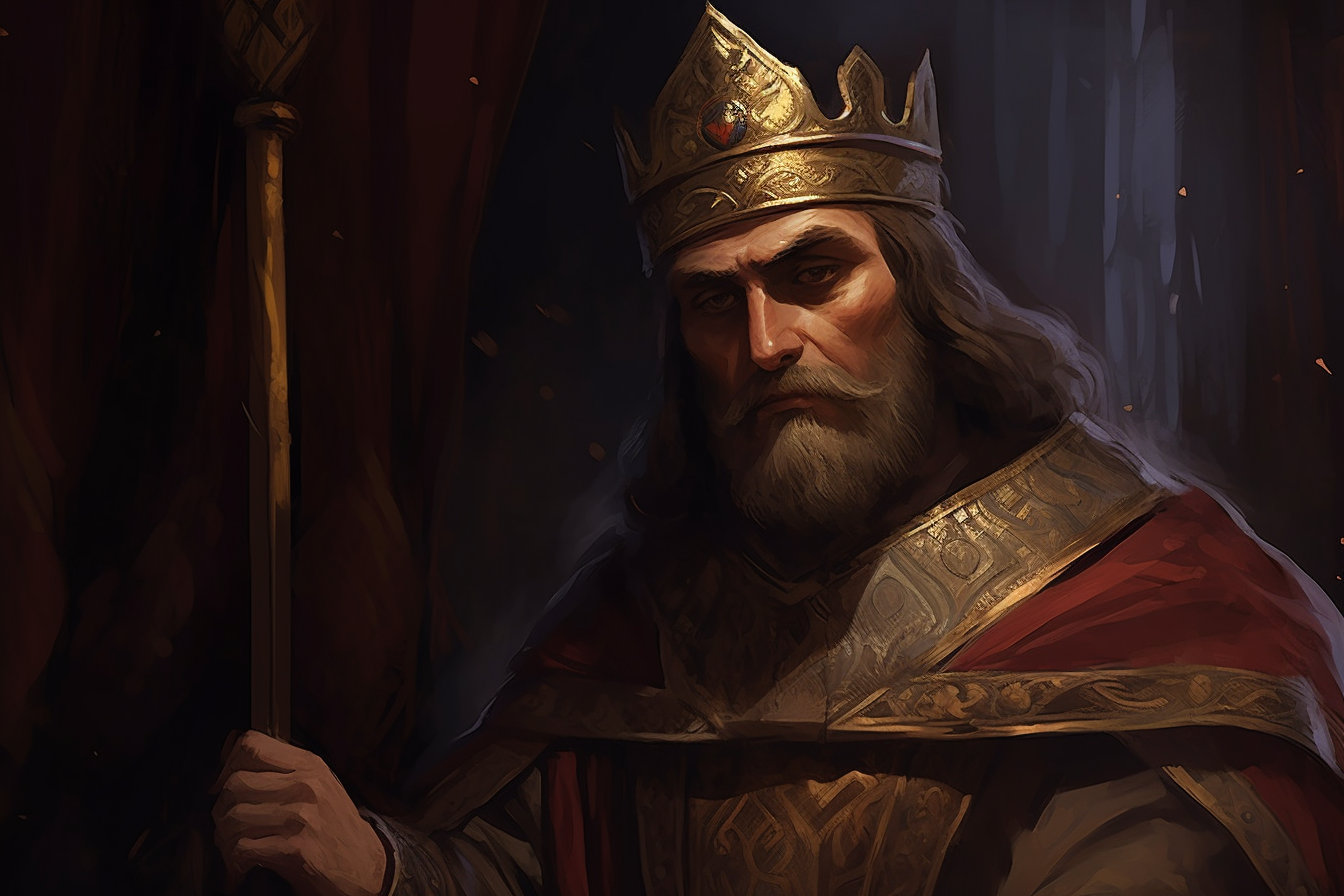
- Constantine Laskaris (1204 - 1205 AD): Although not officially recognized as emperor, he was elected by the citizens of Constantinople as the city fell to the Crusaders.
- Theodore I Laskaris (1205 - 1222 AD): Founder of the Empire of Nicaea, which sought to restore the Byzantine Empire.
- John III Doukas Vatatzes (1222 - 1254 AD): His reign was marked by consolidation and expansion of the Empire of Nicaea, as well as a cultural and spiritual flourishing.
- Theodore II Laskaris (1254 - 1258 AD): His reign was marked by a strong central authority and continuation of his father's policies.
- John IV Laskaris (1258 - 1261 AD): A child emperor under the regency of Michael Palaiologos, he was deposed and blinded when Michael declared himself co-emperor.
Palaiologan Dynasty (restored Byzantine Empire, 1261 - 1453)
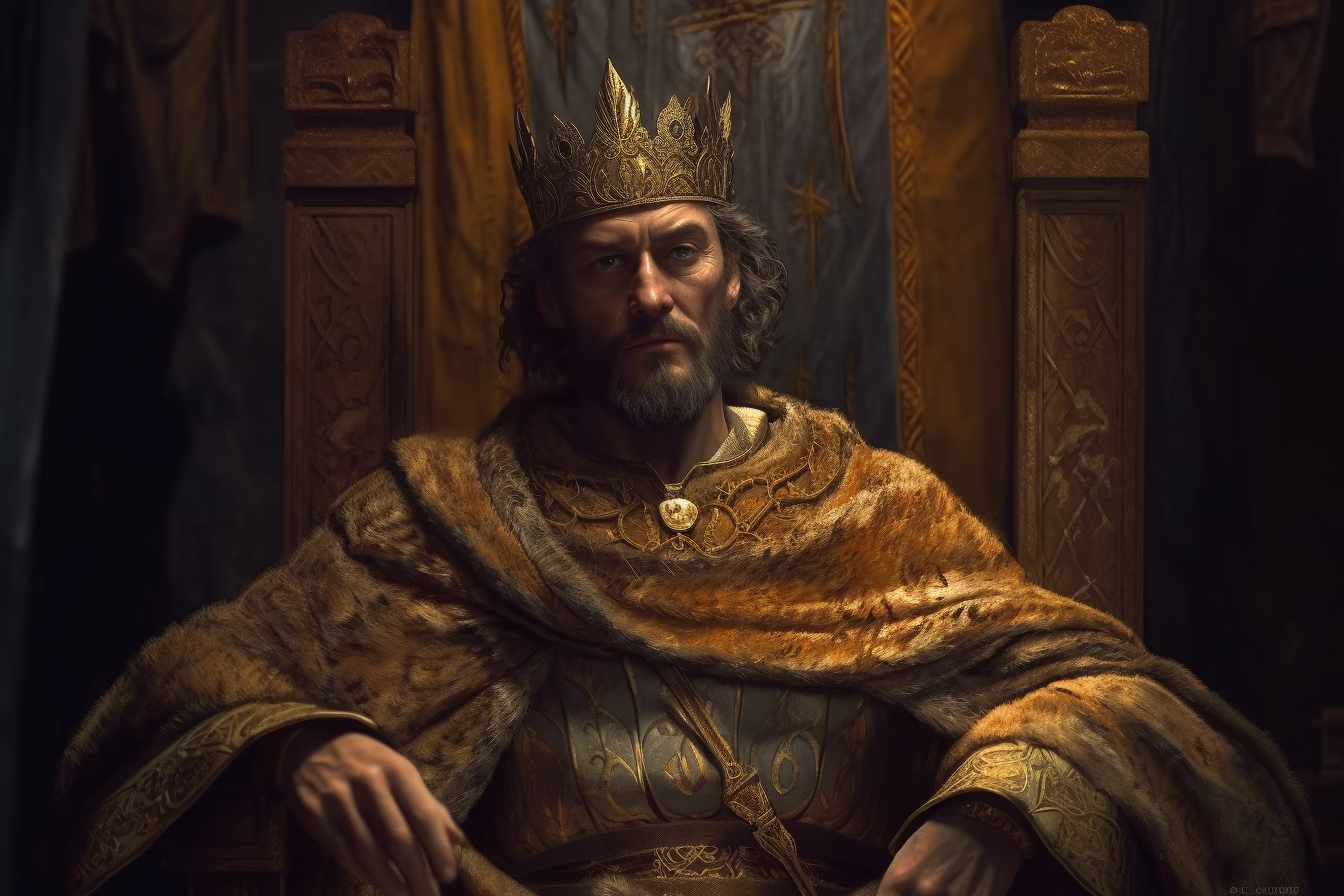
- Michael VIII Palaiologos (1259 - 1282 AD): He restored the Byzantine Empire by recapturing Constantinople from the Latin Empire in 1261, but his reign was marked by financial and military difficulties.
- Andronikos II Palaiologos (1282 - 1328 AD): His reign was plagued by internal conflict and external invasions, resulting in a greatly weakened Byzantine Empire.
- Andronikos III Palaiologos (1328 - 1341 AD): His reign saw several short-lived military successes, but the Empire continued to decline due to economic difficulties and the devastating effects of the Black Death.
- John V Palaiologos (1341 - 1376, 1379 - 1390, 1390 - 1391 AD): His long reign was marked by repeated periods of civil war and the increasing encroachment of the Ottoman Turks on Byzantine territory.
- John VI Kantakouzenos (1347 - 1354 AD): He was a close advisor and supporter of Andronikos III who became emperor during a civil war against John V and later retired to a monastery.
- Andronikos IV Palaiologos (1376 - 1379 AD): He usurped the throne from his father John V but was later overthrown.
- John VII Palaiologos (1390 AD): He ruled for a few months during one of John V's periods of deposition.
- Manuel II Palaiologos (1391 - 1425 AD): His reign was largely spent as a vassal of the Ottoman Empire, trying to uphold the remnants of the Byzantine Empire.
- John VIII Palaiologos (1425 - 1448 AD): He was the penultimate Byzantine emperor, his efforts to secure aid against the Ottomans included a failed attempt to unite the Orthodox and Catholic Churches at the Council of Florence.
- Constantine XI Palaiologos (1449 - 1453 AD): The last Byzantine Emperor, his reign ended when Constantinople fell to the Ottoman Turks in 1453, marking the end of the Byzantine Empire.
